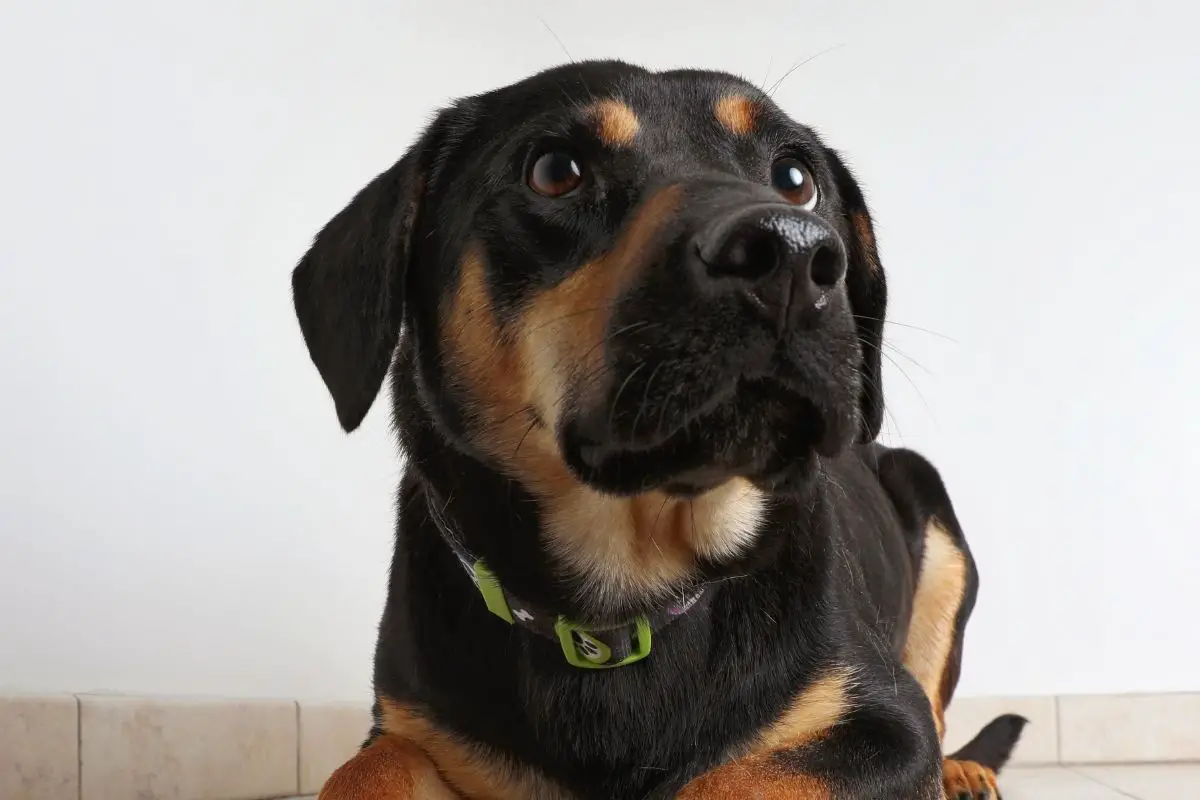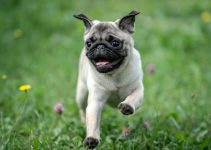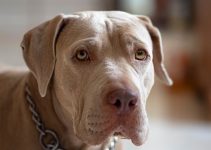The German Shepherd Coonhound Mix sounds like a weird combination of breed, because we think of the German shepherd and coonhound as being very different from one another in appearance, personality, and more.
However, no one is stopping you from combining the characteristics that you love in the German shepherd with the characteristics that you love in the coonhound.
If you find that you are wanting to get your hands on one, then you should keep reading so that you can learn as much as you can about this mixed breed, preparing you for whatever the dog throws at you.
Contents
The German Shepherd
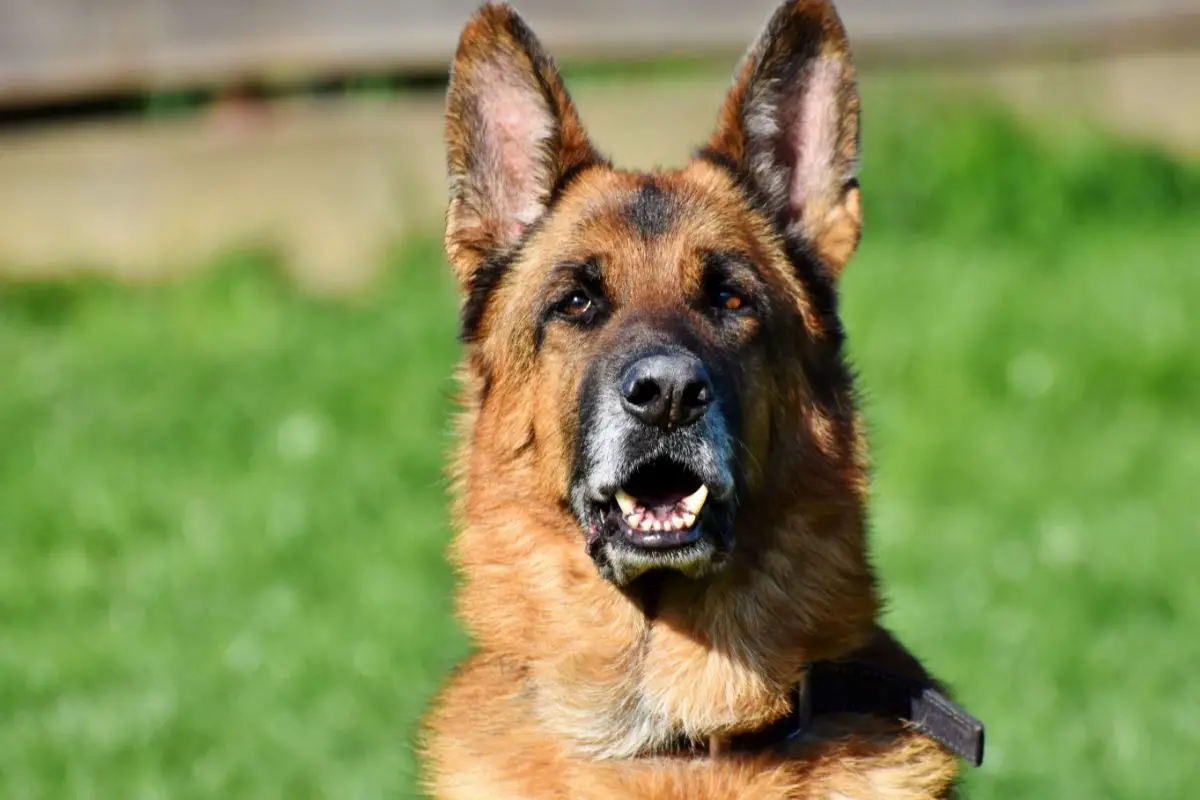
German shepherds have been one of the most popular working dog breeds and are even classed as the second most popular in the US for 11 years running.
There is a lot of depth to these dog breeds, but this is a general guide of what German shepherds are and how they behave.
Their history spans back thousands of years when they were used for hunting with their excellent sense of smell which is why it’s not hard to come across a German shepherd that is not sniffing something.
This strong sense of smell is also why they are favored as police dogs because they can remember lots of different scents from varying distances.
As well as their smelling abilities, German shepherds are well known for their high intelligence, loyalty, and protective instinct.
These characteristics make them good guard dogs as they are naturally a bit suspicious of strangers or people that they see as a threat.
However, a lot of training should go into them if they are being used as a protection or guard dog so that they will release on command and will not let their impulse take control.
They learn extremely fast and therefore require a lot of stimulation both physically and mentally to prevent them from getting bored.
A bored dog can become destructive with their environment or pick up compulsive habits such as running in circles or chasing shadows.
Unfortunately, German shepherds have a bit of a negative reputation as they are often portrayed as being scary attack dogs, but they actually make excellent family pets as long as they are well socialized, but that goes for any dog breed.
The German shepherds that you see in the ring at dog shows are not the most accurate physical representation of the breed as they are bred to have very sloped backs which make their back legs crouch as they walk.
This is what makes this line of German shepherds prone to hip dysplasia, but you can also get German shepherds who have been bred to be physically healthy and fit in exchange for a straight back.
The Coonhound
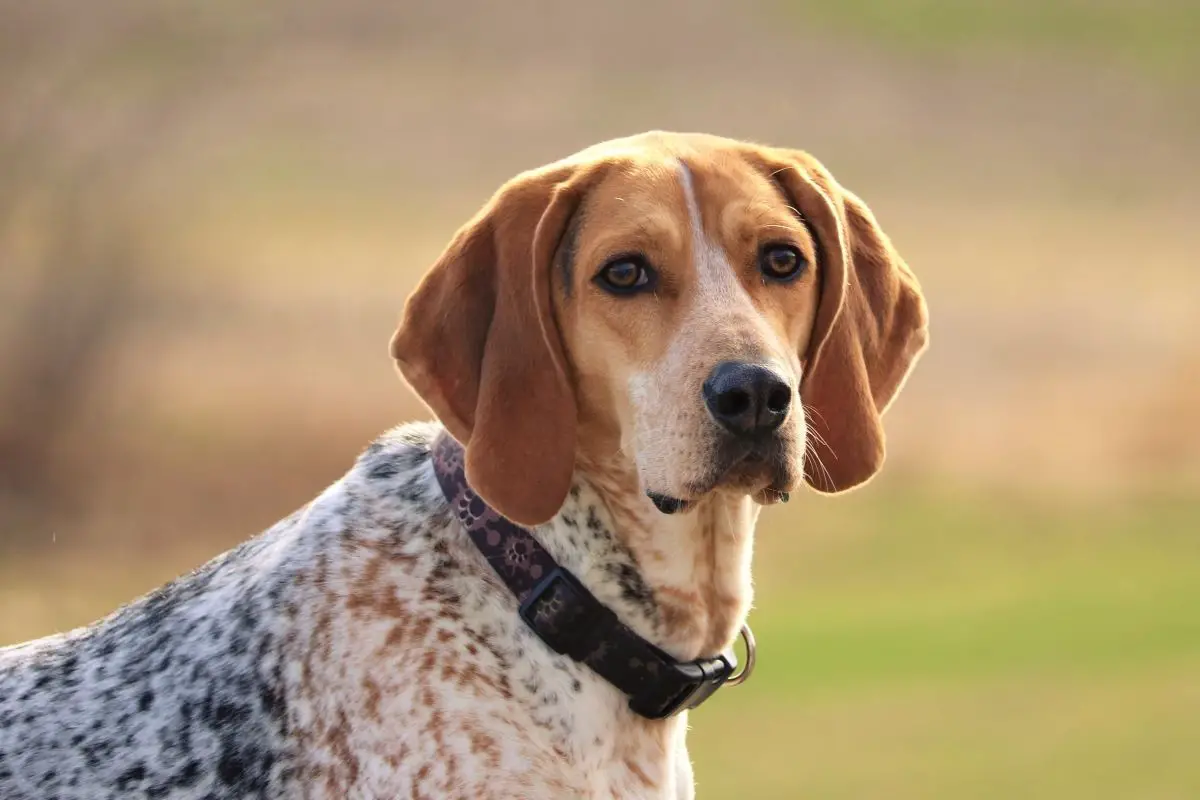
The Coonhound is a working dog breed that was bred to hunt, trap, and track live game animals.
This instinct is why coonhounds are prone to following their nose instead of paying attention to what is going around them, including the commands that you are giving them.
Their ears are big and floppy which helps waft the smells from the ground up into their nose.
This does not mean that you cannot have your coonhound off the lead but in order for them to come back when you call them and not wander off, you must put in a lot of time and effort training them.
Not only is it an inconvenience when your coonhound wanders off, but it can also be very dangerous as the scent that they are following is the most important thing at the moment, even more important than that car coming straight towards them.
They were bred to outsmart their prey while hunting and trapping, so it’s not uncommon for them to outsmart their owners too.
They are not ones for following commands as accurately and consistently as German shepherds and their stubbornness can be mistaken for being unintelligent when in reality – they are the opposite!
Since they were bred for following small animals for miles and miles, they require a lot of exercise in order to feel satisfied and stimulated so if you are not much of a walker, they are not the breed for you.
Once these dogs have been adequately exercised, they will love to curl up on the couch with their favorite owners and snooze the evening away.
What Are They Like Mixed Together?
Now that we know a bit more about both the German shepherd and the coonhound, what happens when their individual characteristics and physical attributes are combined?
Appearance
Since it is a mixed breed, there is no one way that a German shepherd and coonhound mix will look like.
Some German shepherds have long hair whilst others have a medium coat.
Coonhounds have tough medium-length coats that protect them when they run through branches and bushes.
Both breeds have different coat colors and patterns such as black, white, black and silver, black and gray, black and cream, and more.
If you are getting a puppy, you can look at their parents as a good guide as to what the puppy’s color and pattern will look like when they reach adulthood as it can change as they age.
For size, the average male German shepherd stands between 24 and 26 inches at the shoulder with females a bit smaller at 22 to 24 inches.
Male coonhounds are usually 24 to 26 inches and female coonhounds are 23 to 25 inches.
By using these measurements, we can make an estimated guess as to what a mixed breed of these dogs would measure in size, with a male standing at 24 to 26 inches and females at 22 to 25 inches.
Temperament
There is no textbook dog breed, so we are only assuming based on the common characteristics that both breeds have, but you may get a puppy that is naturally more nervous or more stubborn which sometimes has nothing to do with what breed they are.
Having said this, you can expect a German shepherd coonhound mix to be very motivated, brave, friendly, and loyal that is up for anything.
Both breeds work well as family pets and can play gently with children if the dog has been introduced at a young age.
Since they have been bred for thousands of years to work closely as humans, the mix will form a close bond with you and will be able to adapt quickly to environments, routines, and training.
A German shepherd coonhound mix will likely have a very high prey drive but the German shepherd side of them may be more willing to listen to your commands to leave it.
Exercise
Both breeds have very high exercise needs and if you want a happy dog, you will need to exercise them intensively for at least an hour a day.
Even after their daily walk, run, or swim, your mixed breed will always be ready for something more so if you love adventures than you have found the perfect buddy to bring with you.
As well as physical exercise, these dogs will need lots of mental stimulation as they are very smart dogs.
A good way to mentally stimulate your dog is by taking them on interesting walks where there are new smells and things to see.
For an activity closer to home, you can get puzzle toys that they will need to use problem-solving skills for in order to get to the treat.
Another thing that will tap into their instinct and get their brain going is by making games such as hide-and-seek or go find which will make them follow their nose in order to find either you or a tasty treat.
Teaching them a new trick every day or every week will not only give you an arsenal of party tricks, but it will give your dog’s brain lots of things to think about.
These activities will build your bond with your dog and will give them a lot more confidence.
If you do not give your dog enough exercise, your dog will find it hard to cope with all of that pent-up energy and will turn to destructive behaviors.
Therefore, if your German shepherd coonhound mix seems very high-strung and can’t help but jump up and bark, then they are trying to tell you that they need more exercise (as well as a bit of training!).
Remember – a tired dog is a happy dog.
Trainability
It can be a bit of a gamble with how easy it will be to train your German shepherd coonhound mix will be as both breeds differ a bit in this category.
They are both very intelligent breeds, but the coonhound has been bred to be a bit more independent with their decision-making whereas German shepherds will wait and listen to what you decide to do.
Generally, coonhounds are a lot more stubborn than German shepherds, so you might have to work against this characteristic in some mixes.
Having said this, coonhounds may be more stubborn but are still eager to please you even if it is in their own way.
With lots of consistent training from a young age, there is no reason why a German shepherd coonhound mix will not listen to your commands.
You should keep in mind that not every dog learns in the same way, and if your mixed breed is having more coonhound characteristics when it comes to training then you might have to work a bit harder to make the training exciting and rewarding so that they know that they get something worthwhile out of it.
Health
Since the combination of these breeds will make them medium to big-sized dogs, you should monitor them for joint issues such as elbow and hip dysplasia.
Hip dysplasia is very common in both German shepherds and coonhounds.
Hip dysplasia is primarily a hereditary condition which is where the hip joint or joints do not form properly, causing discomfort, pain, arthritis, and lameness as the dog ages.
It can also be caused by the puppy doing too much exercise during their development stage but most of the time it is the former.
The severity of this condition can range from mild to severe and can show up in X-rays as early as six months into the puppy’s life.
One of the symptoms will be your dog having a swaying gate in their rear end as they walk and when running, they might demonstrate what is called a ‘bunny hop’ which is when their two back legs move together like a rabbit because they are not strong enough to take the impact individually.
You may also hear the hips click when your dog jumps off from a couch for example, or they take a bit longer to get up after lying down.
If you suspect that your dog has hip dysplasia, you should take them to the vet to get X-rays so that you can get the medication to manage it as it cannot be treated without surgery.
Another common health issue that coonhounds have are ear infections which they are quite prone to due to their big floppy ears that allow bacteria and dirt to get into which then leads to infections.
You will know if they have an ear infection if they shake their head a lot, their ears are red and inflamed, or they are scratching it often.
German shepherds are known for suffering from epilepsy which can be triggered by things such as stressful situations or certain things in their diet.
Sadly you cannot cure epilepsy but you can get medication that will manage it and significantly decrease the number of seizures that they experience.
Lifespan
Even though some of them can experience health issues, a German shepherd coonhound mix is able to live for 10 to 14 years on average.
However, you cannot rely solely on their genetics for how long they will live as their diet and lifestyle play a huge part.
Feed your mixed breed high-quality dog food that gives them all the nutrients that they need.
A good diet will give your dog energy, will give them a lovely shiny coat, bright eyes, non-flaky skin, and strong joints that won’t suffer as much when old age comes.

Do not treat their diet as something to fill their stomach to get them from one day to the next as giving them food that is mostly made from preservatives will barely give them what they need.
Their immune system needs everything that it can get to fight off things such as cancer, infections, and more.
Supplements such as salmon oil and glucosamine are great for adding to your dog’s balanced meals, and you will notice how it gives them a new lease of life.
Another way to expand their lifespan is to take them to regular vet check-ups so that no illnesses or conditions fly under the radar as the sooner you catch it, the better the prognosis for your dog.
Keeping on top of their exercise needs is also very important for their health as it will keep their heart and lungs strong as well as their joints.
A good diet and exercise regime will keep your dog’s weight down and will prevent them from getting overweight or even obese as this brings a whole new batch of health problems for your dog including a shortened lifespan.
Grooming
It depends on the length of your dog’s coat that will determine how much grooming they will need.
If your dog has long hair from their German shepherd side then your grooming routine will take a bit more time than it would if they had short hair.
If your mix has long hair, you should aim to brush them at least once a week, doing this will prevent tangles and mats which can pull on the dog’s skin and irritate it.
Both the German shepherd and the coonhound shed quite frequently and grooming them regularly will help with this as it will get rid of all the dead and loose hair.
Grooming them regularly will also keep their coat sleek and shiny which is an added bonus.
Summary
To summarize, the German shepherd and the coonhound can be different in some ways but also very complimentary as they are both friendly, intelligent, energetic, and brave.
They are best suited to owners who like to keep active and will be able to give them the physical and mental stimulation to keep them happy.
With a good amount of socialization, these dogs make for great family pets but also adapt really well to being a one-person dog as they are very loyal and will form a close bond with you in a short period of time.
They share a common health issue of elbow and hip dysplasia, but it is not fatal and if you manage it with medication and exercise restrictions to stop them from overdoing it then they will live a very long and happy life.
Learn More
Do you want to learn more about German Shepherds? See our other interesting articles Below
